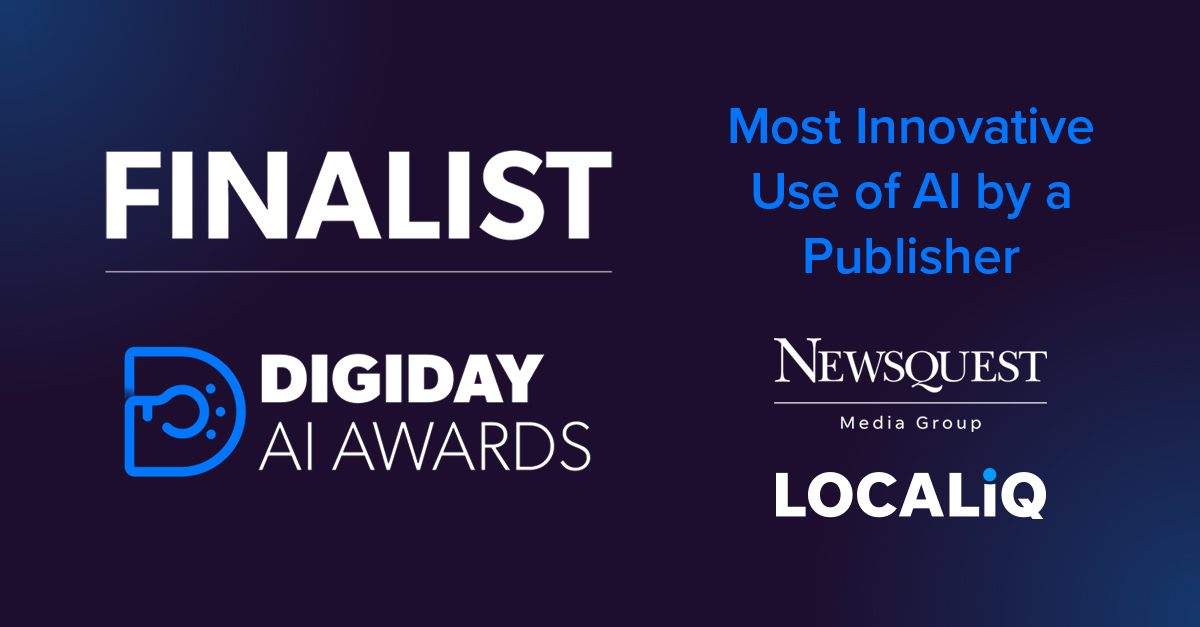A charity or non-profit organisation’s goal is to raise funds; to do this, they must have a cohesive and structured marketing plan. This ensures they get their messages in front of the right people at the right time. We understand that non-profits and charities often have small teams and tight resources. With these pain points in mind, this blog looks at some digital marketing strategies that can help a non-profit and charitable organisation.
Why is digital marketing important for charities?
Digital marketing helps any business, charity, or non-profit reach a larger audience. For charities, digital marketing can help scale up small operations. The aim of any non-profit or charity is to raise awareness, spread the word and attract potential donors or online donations. Online marketing efforts can help achieve this.
How to write a great marketing plan for charities and non-profits
A marketing plan is a document that helps any organisation organise, execute and track its strategy over a given time. Your marketing plan will include your goals as well as audience personas.
Before you begin communicating on different channels you need to define your goals using a strategic plan. One of the most often used frameworks is SMART goals:
- Specific – What does your organisation want to achieve? Be as specific as possible.
- Measurable – How are you going to measure success? If your goal were to grow your following, you can measure that by the number of followers you had v what you now have.
- Achievable – This includes details on how you are going to achieve your goals.
- Realistic – Your goals need to be realistic and not pipe dreams. While you should aim high, you should also be realistic in your goal.
- Time-bound – Your goal should have both a start and end date. That way you can measure the success of your campaign from start to finish.
Example: We want to achieve a 5% increase in revenue (specific) over the next 6 months (time-bound). We are going to do this by running an ad campaign on Facebook (the primary social media account used by our audience persona). We will also retarget visitors who came onto the website but did not check out (achievable). We will measure the difference in revenue between the 2 dates (measurable).
Your organisation should also look at doing a SWOT and PESTLE analysis. If this is your first time doing a SWOT and PESTLE analysis, we suggest reading our blog (and downloading our free SWOT & PESTLE toolkit).
Briefly, a PESTLE analysis looks at the Political, Economic, Social, Technological, Legal and Environmental factors that can affect a business. These can be legal changes or even consumer spending.
A SWOT analysis looks at your Strengths, Weaknesses, Opportunities and Threats. Your strengths and weaknesses are your internal factors such as what you are good at or what your competitors do. Your opportunities and threats are more focused on the PESTLE factors such as industry changes, laws, and governance or even opportunities for funding.
Don’t forget to download your SWOT & PESTLE toolkit to help you define your goals.
Understanding your audience
One of the first things a charity or non-profit needs to do is understand its audience. Take the time to understand their likes and dislikes as well as what motivates them. You can do all of this by building out some audience personas. Once you have identified your audience, you can market more effectively to them.
What are some digital marketing strategies for charities and non-profits?
Digital marketing for non-profits and charities is vital. There are many ways in which a charity or non-profit organisation can use digital marketing to increase their share of voice or raise funds. Here we outline some of the most used tactics that can have a positive ROI as well as increase knowledge of the organisation.
Email marketing for charities and non-profits
Email marketing delivers a strong ROI. You can have several different email campaigns targeted at different consumers. You could send nurturing emails to those who have just started donating, thanking them for donating and showing how their money is being used. For those in the consideration stage, you can send emotive emails highlighting the need for funding. Your emails should always keep the user informed of what your organisation is doing, and how donations are changing the lives of those in need.
Social media marketing charities and non-profits
A social media strategy is necessary. Your strategy will include what social media platforms you will communicate on, and the type of content you will produce. Your social messages don’t always have to be serious, offer a variety of posts with the aim of engaging your audience as much as you can. When it comes to posting, use the 80:20 rule; where only 20% of posts are “sales” based. Get yourself a content media calendar so you can post about important national and international days relevant to your business. Additionally, having a regular posting schedule helps your organisation remain relevant in the minds of your consumers.
- Read more – The Ultimate Guide to Using Facebook for Marketing
- Read more – The Guide to Twitter for Businesses
- Read more – Using LinkedIn as a Marketing Tool
- Download – Social Media Calendar
Video marketing is a powerful way to reach your audience. This involves creating video content your audience will relate to and drawing in a larger audience. Nowadays, you don’t need a massive budget and specialised technology, the majority of the content that you see on social media has been created using a mobile phone and edited using apps such as Kinemaster. Short-form video works well on social media. On Meta platforms, Reels are shown to what they perceive to be your target audience.
Content marketing for charities and non-profits
Creating compelling content will help your marketing efforts and your Search Engine Optimisation (SEO). Having your content rank on search engines will help attract more people to your site. Your content marketing should include blog posts around topics relevant to your organisation. Make sure each piece of content has a strong CTA. This could be to donate or even sign up for your newsletter.
You can also include other forms of content including podcasts, webinars, infographics, ebooks and videos. It can be time-consuming to produce some content, so we also recommend repurpose it. This way, you can get more varied content from one piece of work.
Read more – How to Repurpose Video Content Across Your Channels
Website marketing for charities and non-profits
A fully functional, well-maintained website is a must for any charity or non-profit organisation. The website should be optimised for conversions (e.g., make a donation). Ensure your website communicates the right messages to resonate with your audience. If you want more information on website marketing our Guide to Creating Website Marketing Strategies will help. If you have designated landing pages for campaigns, then ensure they’re eye-catching but also make sure you only have one CTA on there (e.g., start a monthly donation plan today).
Here are a few golden rules of website marketing:
- Mobile first design – make sure your site is optimised for mobile.
- Accessible – Your site needs to be accessible to those with disabilities.
- Have great content – great content that resonates with your audience will help your cause.
- Have clear menus – Your menus (header, footer or side menu should be consistent throughout your site.
- Include social links – Make sure you link to all your social channels.
- Include business info – This includes your opening times, contact details, social links, and more.
Many non-profits and charities offer monthly donation services to ensure a continuous stream of funding and for this reason, you need to ensure your website is able to accept payments. As your website is accepting payments, an SSL certificate should also be obtained. This allows for an encrypted link, protecting the sensitive information of the user such as their card details.
Google Ads for charities and non-profits
Google Ad Grants can help non-profits and charities run paid campaigns for free! One of the eligibility requirements is that your organisation must hold charitable status. There are some organisations which are exempt including government entities, healthcare, and education. For education facilities, Google for Education offers free tools that can enhance learning.
We hope you have enjoyed this guide to digital marketing for charities and non-profits and have been able to incorporate some new strategies into your organisation to leverage funds. If you enjoyed this article, why not sign up for the newsletter to receive free actionable marketing tips (and much more!)






